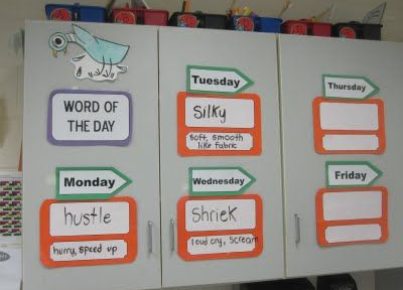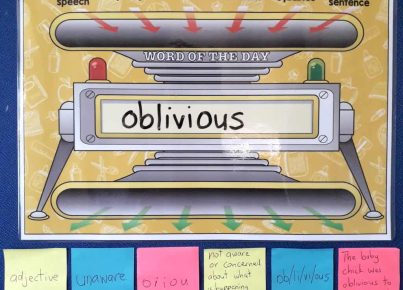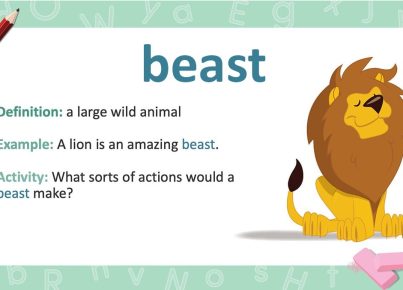In an increasingly interconnected world, vocabulary acquisition is paramount in ensuring effective communication and understanding. Educators and learners alike recognize the importance of developing a rich lexicon, not just for linguistic fluency but also for academic and professional success. This article delves into the plethora of vocabulary teaching resources available, aimed at facilitating language mastery across various age groups and learning environments.
1. Vocabulary Books and Workbooks: Often structured thematically, vocabulary books are excellent tools for learners to explore new words contextually. Workbooks provide exercises that reinforce word meanings and usage, engaging learners through multiple-choice questions, fill-in-the-gaps activities, and word matching exercises.
2. Online Platforms and Apps: Digital tools like Quizlet, Vocabulary.com, and Anki use spaced repetition and gamification to make vocabulary learning interactive and effective. With features like flashcards, progress tracking, and personalized learning paths, these platforms cater to different learning styles.
3. Visual Aids: Infographics, mind maps, and posters allow visual learners to associate words with images or concepts, making retention more natural. Teachers can create visual vocabulary fields on classroom walls or use digital tools like Canva or Piktochart for this purpose.
4. Interactive Whiteboards: Smartboards can display interactive exercises where students match words with definitions or images. They can also facilitate group activities such as vocabulary relay races or Pictionary-style games that make learning dynamic.
5. Classroom Activities: Traditional games such as bingo, Scrabble, or crosswords have been adapted for vocabulary instruction, allowing students to practice in a playful yet structured setting. Activities like “word of the day” or “vocabulary journals” keep learners engaged over time.
6. Reading Materials: Exposure to a wide range of texts contributes significantly to vocabulary development. Therefore, providing access to libraries, e-books, newspapers, and magazines exposes learners to new words in varied contexts.
7. Multimedia Resources: Videos and podcasts introduce learners to colloquial language usage and pronunciation nuances that written text may not capture. Resources like TED-Ed videos or language learning podcasts can complement traditional teaching methods.
8. ESL-Specific Resources: For English as a Second Language (ESL) learners, resources tailored to their proficiency level are crucial. Tools like ESL dictionaries or websites designed for language learners (like BBC Learning English) break down complex definitions into more accessible language.
9. Social Learning Platforms: Communities on platforms like Reddit or Duolingo forums allow language learners to interact with native speakers and peers worldwide, offering authentic conversational practice alongside vocabulary acquisition.
10. Customizable Flashcards: Teachers can create flashcards tailored to their curriculum using templates from websites such as Flippity.net or Cram.com which can be printed or used online.
Throughout the multitude of resources available for vocabulary teaching and learning, personalization remains key – ensuring that the materials align with the learner’s interests helps maintain motivation and promotes deeper engagement with the language-learning process. As educational technology evolves, so too will these resources continue to expand in versatility and accessibility – offering every learner the opportunity to develop a robust vocabulary arsenal necessary for successful communication in today’s globalized society.





